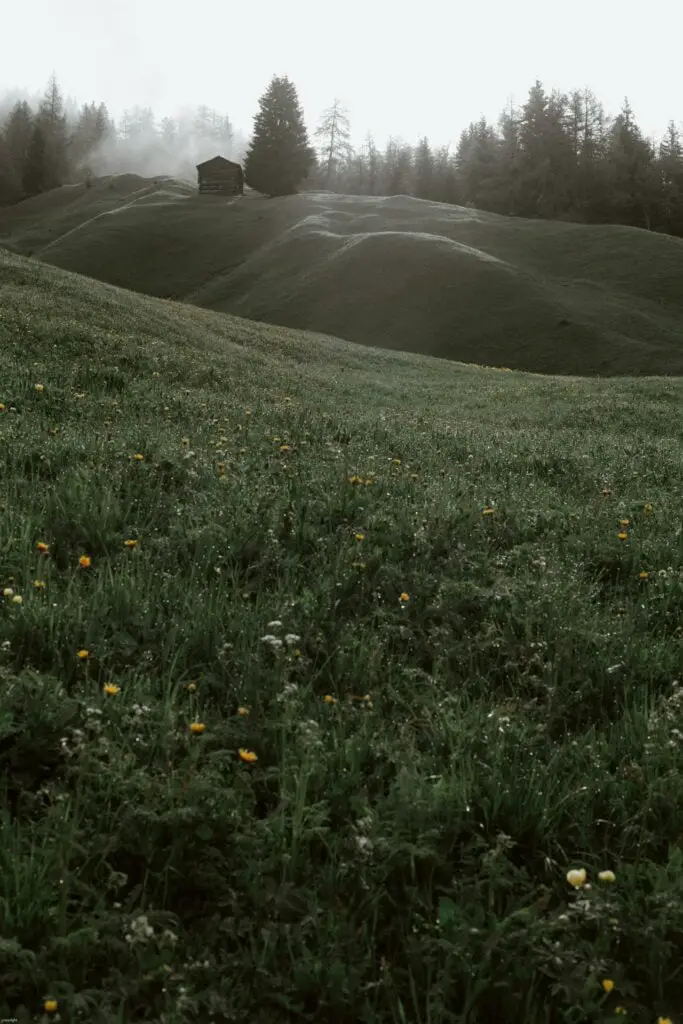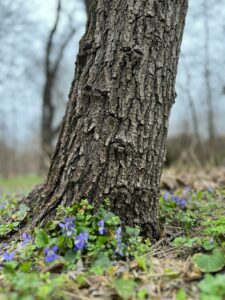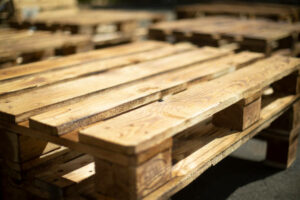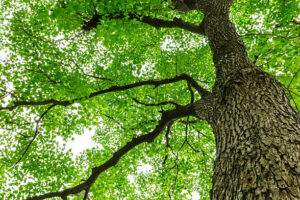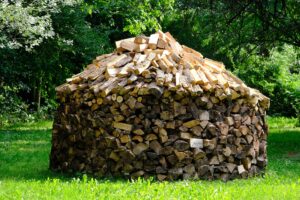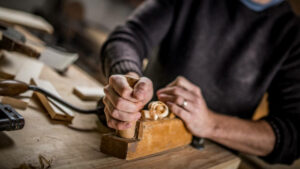Spruce-pine-fir wood is the softwood of choice across the Northern United States and Canada. It’s lightweight and offers a superior strength-to-weight ratio. It’s also easy to work, accepts paint and nails well, and dries quickly. Western SPF species are sourced from White spruce, Engelmann spruce, Lodgepole pine, black spruce, and alpine fir trees, which grow slowly and produce wood with remarkable strength properties.
Framing
SPF is the most commonly used framing lumber in construction. It is readily available and inexpensive. It is light to pale yellow and dries easily. It is moderately strong, easily worked with hand or power tools, glues well, and takes nails and screws satisfactorily. It has excellent span capabilities for wall studs and simple rafter and joist designs, providing that the design is reviewed to ensure the wood meets strength requirements.
It is also used in sheathing, trusses, and prefabricated housing components. Most SPF lumber is pressure-treated at a separate factory before it arrives at lumber yards and home centers. If you are working with SPF wood for projects that will be stained, it is important to choose a lumber yard where the material is stacked together and all the pieces are of the same species variety. This will help ensure that the stain colors match as much as possible. This is because different varieties of spruce, pine, and fir absorb stains differently.
Finishing
Spruce, pine, and fir are the main softwoods used to make framing lumber. The wood meets and even exceeds building codes for strength, safety, and durability. It is a lightweight and versatile material for general framing, light trusses, and home projects. It glues easily, takes paint well, and holds nails and screws very well. It is also a good choice for interior finishing, boxes, pallets, and concrete formwork.
Most of the construction-grade lumber you see in most lumberyards and home centers is SPF lumber. It usually includes all of the dimensional lumber and the “two-by” lumber, from two-by-fours up to one-by-12s. Most of the SPF lumber that is sold in home centers is treated and chemically altered before it ends up on store shelves or at a lumberyard.
If you’re looking for SPF lumber that hasn’t been treated and sanded, look for quarter-sawn timbers, which are often harder to find among the standard spruce-pine-fir wood market and sizes. This type of lumber is usually sturdier and will last longer than sanded or milled SPF lumber.
Decorative
Spruce-pine-fir wood is the most popular choice for construction framing due to its affordability and sustainability. It also offers a number of decorative applications and has the advantage of being able to withstand moisture. These are important qualities in residential and commercial framing projects. Spruce has a light color and a subtle grain, while pine has a more vibrant look. Both have small, solid knots and are dimensionally stable. Unlike other types of lumber, SPF is kiln-dried, which provides greater strength and stability.
SPF wood comes from several different species of conifer trees across North America and Canada. It is commonly found in the lumber sections of home centers and hardware stores. It has great gluing properties and is easy to work with. It also holds paint well and takes nails and screws quite effectively. It is the best choice for a variety of residential and commercial construction framing needs. Cedar is also a good option for framing but requires more upkeep and has a higher price tag.
Other Applications
SPF lumber is the softwood of choice in much of Canada and northern regions of the United States due to its availability. This particular species is known for its strength-to-weight ratio, which makes it the popular choice for a number of applications like wood packaging, construction, and structural supports.
Spruce, pine, and fir are easily worked, glued well, grip nails tenaciously, and take stains well with average stain absorption. It also has great dimensional stability and is extremely strong.
In general, this type of lumber is easy to work and works well with a variety of tools. Its strength and durability make it a reliable and attractive framing material for structures, sheathing, trusses, and prefabricated housing components, as well as boxes, pallets, and crates. It is also used in the manufacture of concrete formwork and other industrial applications. This lumber is available in a range of sizes and grades, including rough-sawn or kiln-dried, and one or all sides may be smooth.
